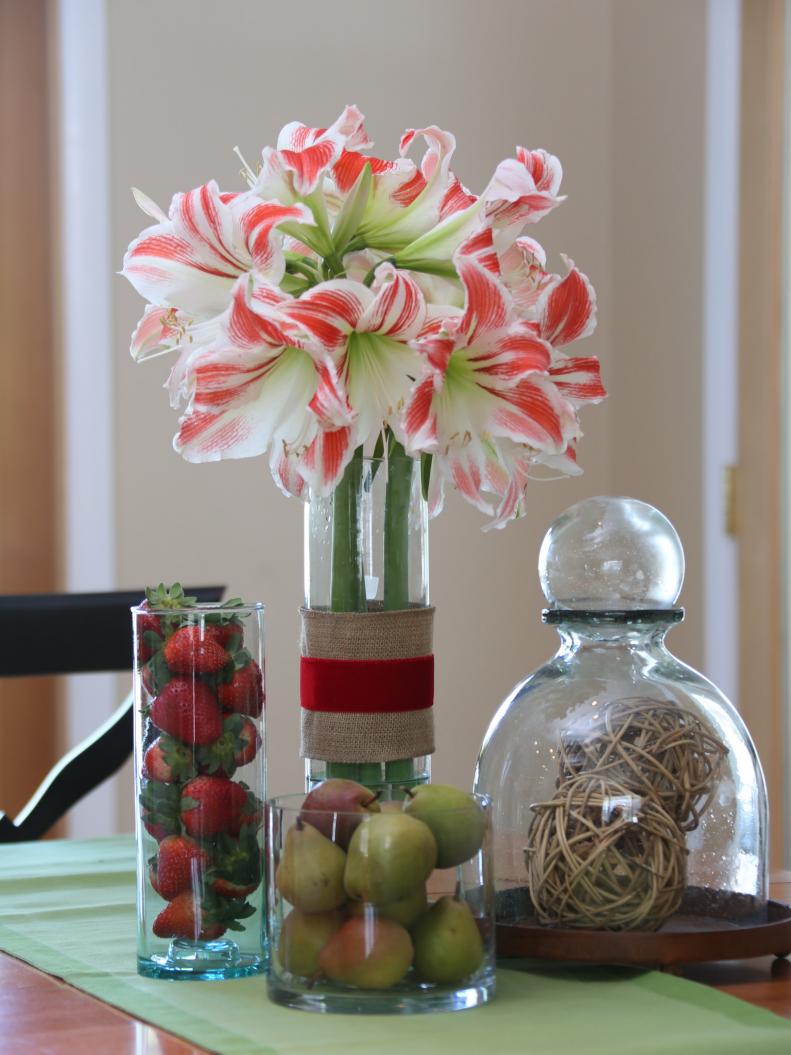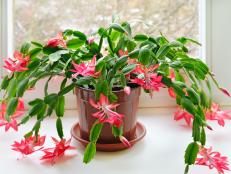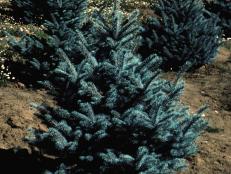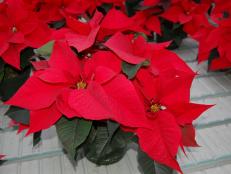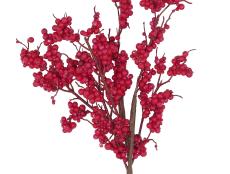1 / 13
Photo: Longfield Gardens
Holiday Amaryllis
Once your holiday amaryllis blooms, keep it in a room that’s on the cool side to help the flowers last longer, and give the plant bright light and evenly moist soil. When the flowers fade, cut back the stalks to just above the bulb, and let the leaves keep growing. Water and fertilize throughout the next summer and, if you moved your amaryllis outdoors, bring it back in before frost. If it dies back completely, the bulb has probably gone dormant. Stop watering until new growth appears.






